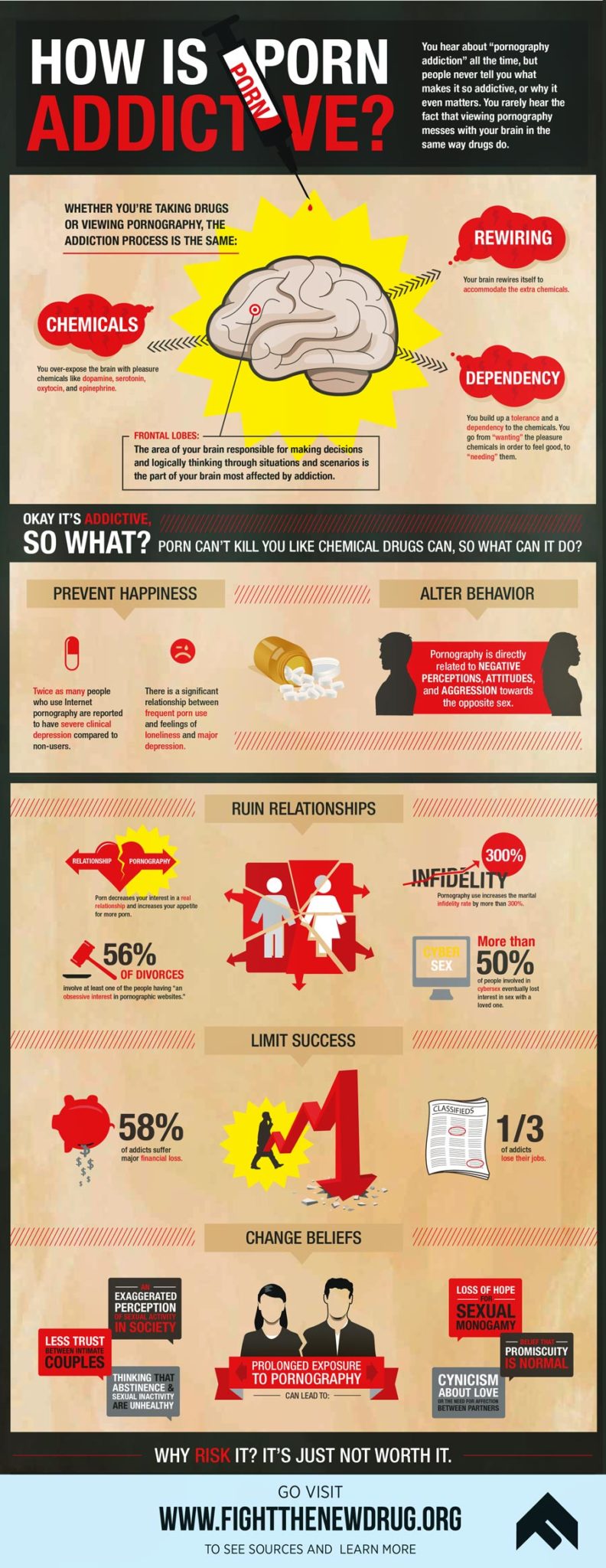Is the allure of poetry merely a relic of the past, or does it hold a timeless power to shape our thoughts and feelings? Poetry, in its purest form, remains a vibrant and relevant force, capable of expressing the human experience with unparalleled depth and nuance. This ancient art form, which has captivated hearts and minds for millennia, continues to evolve and adapt, offering a unique lens through which we can understand ourselves and the world around us.
Poetry is more than just a collection of words; it is a deliberate construction of language designed to evoke specific emotions, narrate stories, and challenge our perceptions. Unlike the straightforward approach of prose, poetry often defies conventional language norms, employing rhythm, imagery, and figurative language to create a powerful and resonant effect. This ability to engage the reader on multiple levels is what makes poetry such a compelling and enduring art form. The best poets, drawing upon a vast palette of linguistic tools, create works that stay with the reader long after the final line is read.
| Characteristic | Details |
|---|---|
| Definition | A form of literary expression that uses rhythmic and figurative language to convey vast meaning and emotion. |
| Historical Context | Poetry has been around for almost four thousand years, evolving through countless cultures and eras. |
| Purpose | To share ideas, express emotions, create imagery, and challenge perceptions. |
| Key Elements | Rhythm, rhyme, meter, imagery, figurative language, and structure (lines, stanzas). |
| Forms | Sonnet, Ballad, Free Verse, Haiku and many more. |
| Noteworthy Poets | William Shakespeare, Emily Dickinson, Maya Angelou, and many others. |
| Impact | Evokes powerful emotions, narrates profound stories, and challenges our perceptions. |
| Structure | Lines and stanzas are the building blocks, but can also be written in prose. |
| Emphasis on language | Poets carefully choose words for their meaning and acoustics, arranging them to create a tempo known as the meter. |
| Contemporary Significance | Poetry remains an important form of art and is used to communicate studies, feelings, and ideas. |
| Example of an impact | "A noiseless patient spider, I markd where on a little promontory it stood isolated, markd how to explore the vacant vast surrounding, it launchd forth filament, filament, filament, out of itself, ever unreeling them, ever tirelessly speeding them." |
For further exploration, consult the Poetry Foundation: https://www.poetryfoundation.org/
Poetry, in its diverse forms, presents a unique challenge and a profound opportunity to explore the human condition. From the structured constraints of a sonnet to the liberating flow of free verse, poets employ a wide array of techniques to shape meaning and emotion. They carefully choose words not only for their denotation (literal meaning) but also for their connotation (associated meanings and feelings), their sound (through rhythm, rhyme, and assonance), and their visual impact on the page. These choices all contribute to the poem's overall effect.
The structure of a poem is another crucial element. Lines and stanzas, the building blocks of a poem, are arranged with intention, creating visual and rhythmic patterns that guide the reader's experience. Rhyme schemes, when used, add another layer of musicality and structure, while the use of meter (the rhythmic pattern of stressed and unstressed syllables) creates a specific tempo and flow. The way a poem is organized, the way the author arranges the words on the page, and how those pages are organized, the form changes considerably depending on the writers style.
Consider the words of Percy Bysshe Shelley, who defined poetry as "the expression of the imagination." This definition underscores the creative power of poetry, its ability to transport us to other worlds and to illuminate the inner landscape of the human mind. Robert Frost's observation that "a poem begins in delight and ends in wisdom" highlights the journey of discovery that a poem can offer, from the initial spark of inspiration to the final, often transformative, understanding. American poet Robert Frost said that a poem forms when the poet is writing a poem.
Poetrys ability to connect to readers has made it remain important. Explore types, features and examples of poem. Poetry can be presented in a number of forms \u2014 ranging from traditional rhymed poems such as sonnets to contemporary free verse. A poem is a poetic composition of variable length that belongs to the lyrical genre.
The reasons for seeking a definition of poetry, or any artistic endeavor, are complex. People's reason for wanting a definition is to take care of the borderline case, and this is what a definition, as if by definition, will not do. It is often to create clear boundaries, but the very nature of art often resists such neat categorization. The term porn or porm could accidentally be typed on a search engine or online platform, an internet error of typing the word porn but accidentally hitting the m internet.
Furthermore, poetry is a condensed form of writing. It can be presented in a number of forms ranging from traditional rhymed poems such as sonnets to contemporary free verse. As an art, it can effectively invoke a range of emotions in the reader. Please share some of your favourites. That is a great start. Hello pamela, you are welcome to do the challenge in any way you choose. Please note if you dont post on the site i wont be able to give you a badge at the end of the year, but youll have.
The distinction between pornography (illicit and condemned material) and erotica (which is broadly tolerated) is largely subjective and reflects changing community standards. Pornography, or porn, is any sexually explicit materialwritten, visual, or otherwiseintended to sexually arouse. Pornography, representation of sexual behaviour in books, pictures, statues, films, and other media that is intended to cause sexual excitement. If an individual asks for a definition of poetry, it will most certainly not be the case that he has never seen one of the objects called poems that are said to embody poetry; on the contrary, he is already. The most common way a poem is organized is in lines and stanzas, but it can also be written in prose.
Poets use the following characteristics when structuring a poem:
- The stanza is the building block of a poem.
- Each stanza consists of a specific number of lines that contextually connect;
- Therefore, they act much like a paragraph does in prose.
A piece of writing in which the words are arranged in separate lines, often ending in rhyme, and A question that is often asked is, what is love? Read these short poems that suggest answers to the question. Verses expressing thoughts about what love is.


